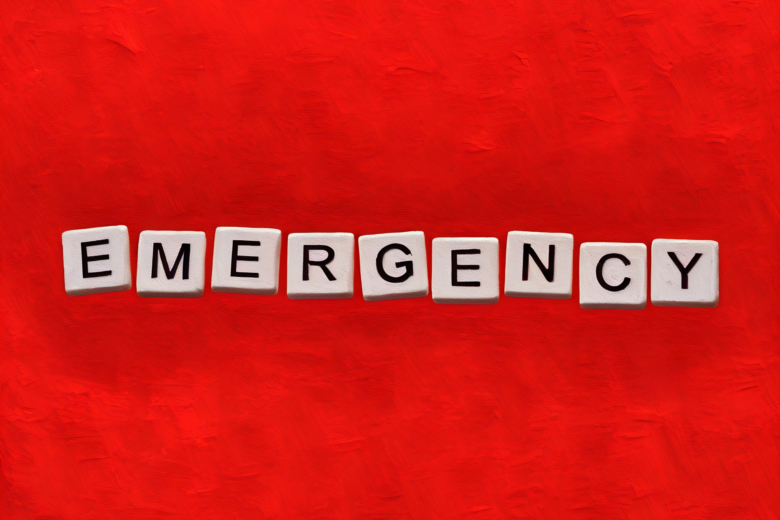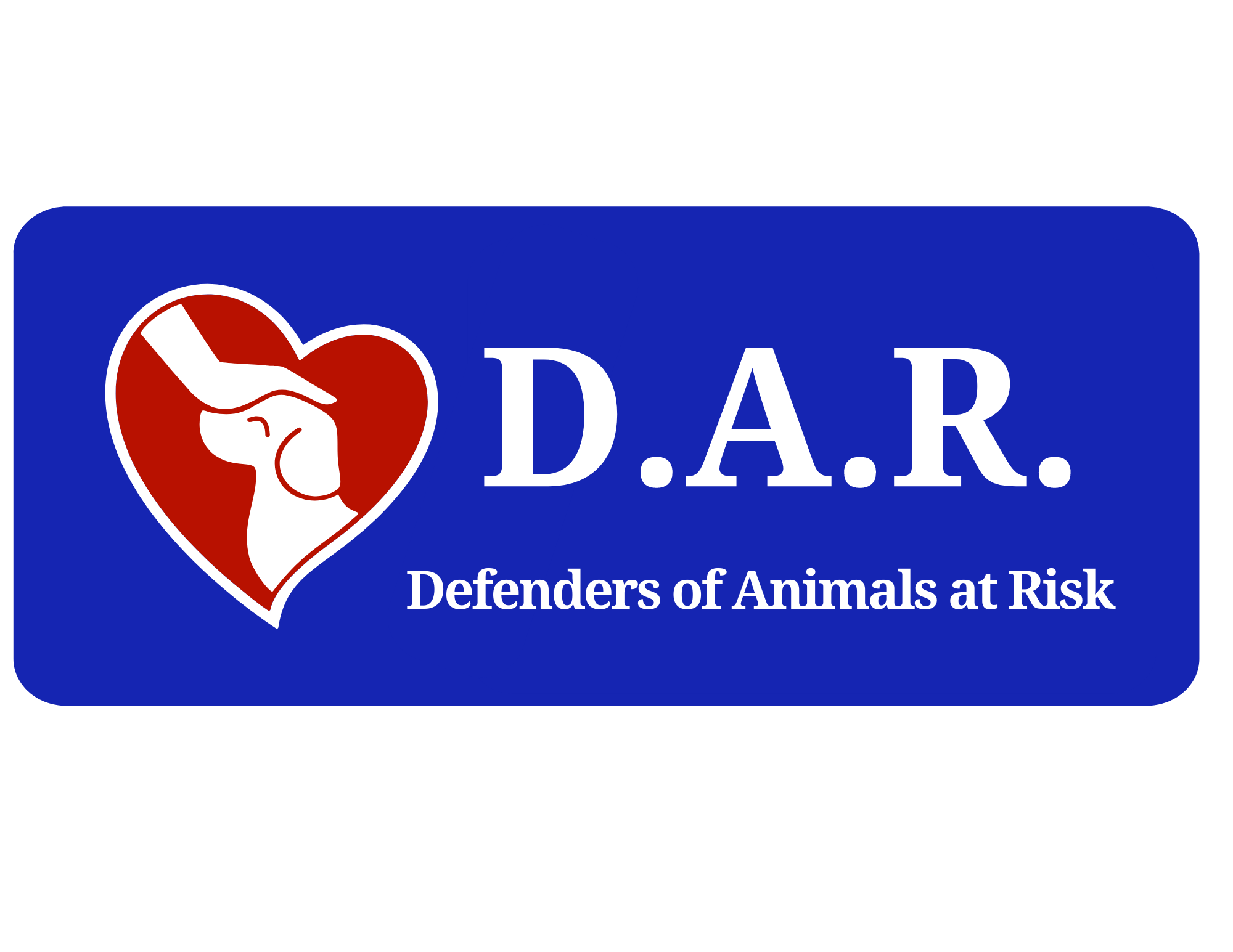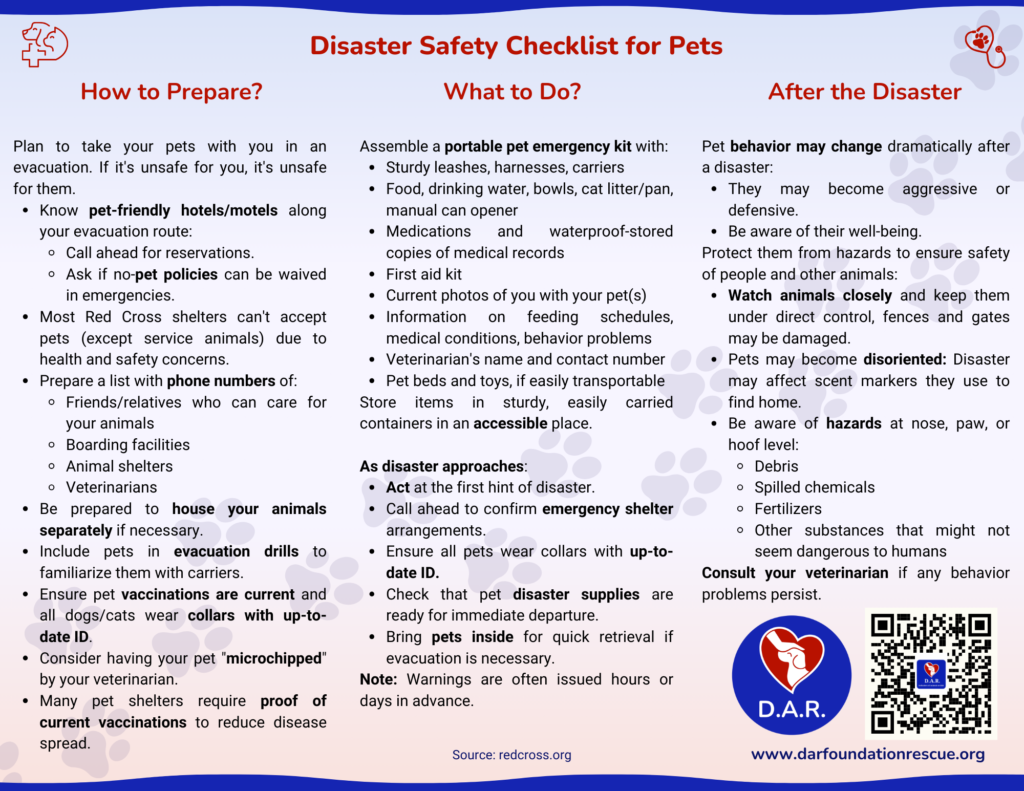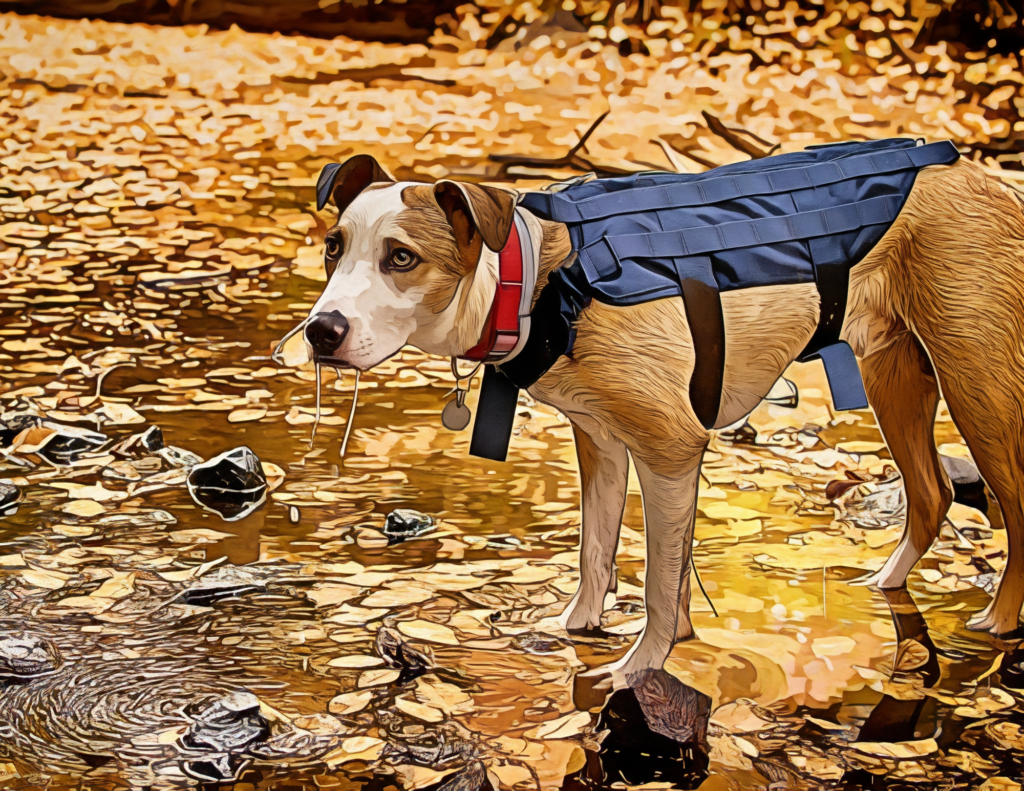Last modified: August 25, 2024
Disaster Safety Checklist for Pets
Natural disasters can strike unexpectedly, putting both you and your pets at risk. Being prepared is crucial for ensuring the safety of your furry family members. This comprehensive checklist will guide you through the steps to take before, during, and after a disaster to keep your pets safe.







